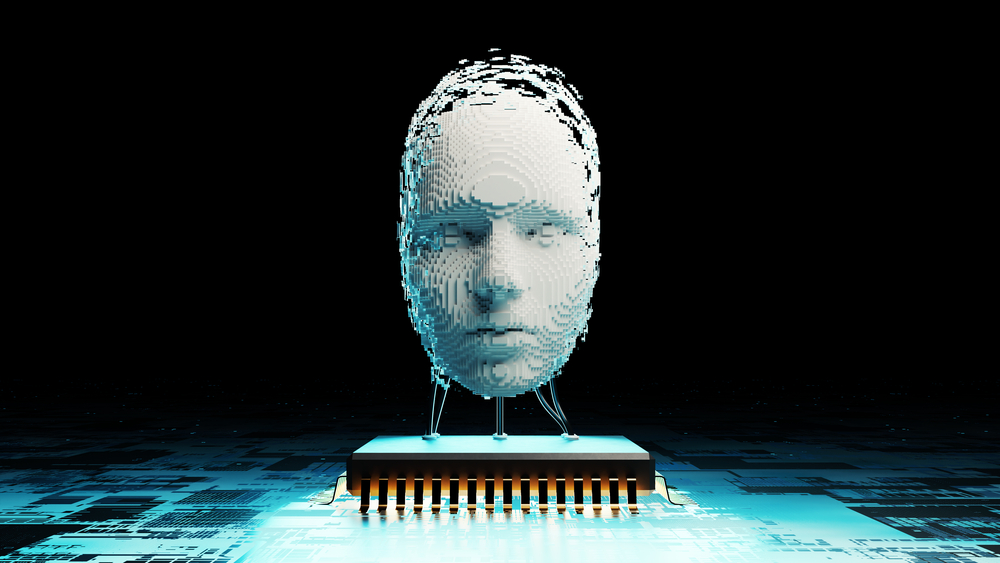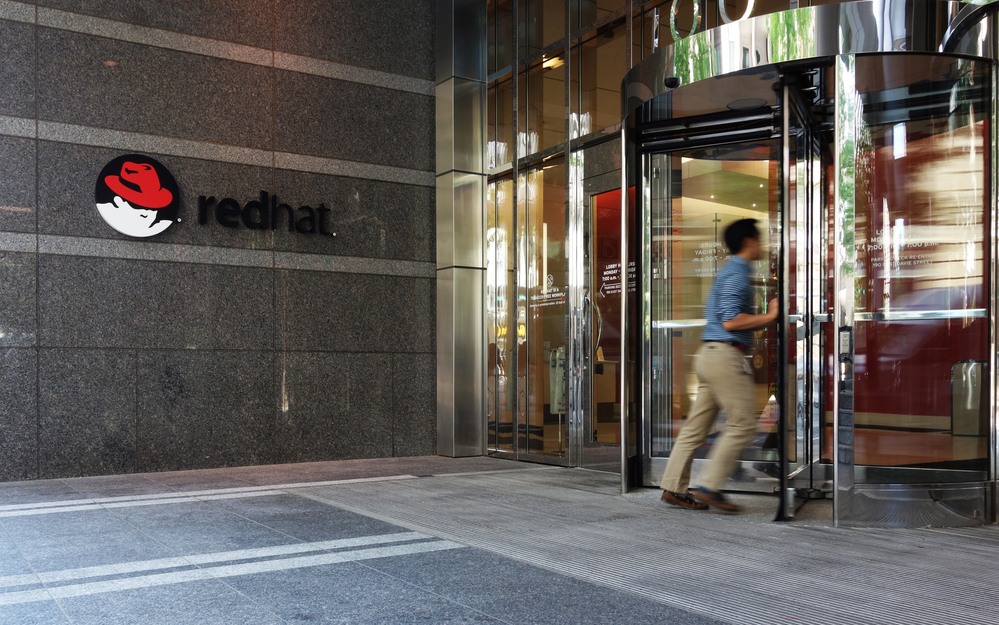
Generative AI is rapidly reshaping the landscape of industries and businesses, opening up new horizons while raising questions about its potential impact. What’s ahead for a technology that has changed everything? Let’s explore what experts in the field predict.
OpenAI and Box: Balancing disruption and promise
In a recent conversation between OpenAI founder and CEO Sam Altman and Box CEO and founder Aaron Levie at the BoxWorks user conference, the disruptive power of generative AI took center stage. The discussion revolved around the impact of AI, particularly ChatGPT, on various industries, the fears and hopes of CIOs, and the potential future of enterprise AI.
One of the key takeaways from the conversation is the acknowledgment of GenAI’s immediate impact on job markets. GenAI has already begun reshaping industries, resulting in the displacement of jobs in certain sectors. However, experts, including Sam Altman, believe that GenAI’s true potential extends beyond its initial disruptions. While jobs have been lost to AI-driven efficiency gains, there is a growing consensus that GenAI will ultimately alleviate workers from mundane tasks, providing them the time and freedom to focus on more creative and innovative aspects of their roles. This transformation is anticipated to lead to the creation of more high-quality jobs, an improved quality of life, and increased wealth, although in a significantly altered job landscape.
Sam Altman emphasizes that the future of GenAI will bring about profound changes. While recognizing that this transformation may not offer immediate consolation to those affected by job displacement, Altman envisions a future where the integration of GenAI into enterprise IT will bring about “more jobs, better jobs,” leading to a higher quality of life and greater wealth. This optimism is tempered, however, by the recognition that this future will be markedly different from today’s job market, requiring adjustments at various levels, including government regulation and cost efficiency in AI.
As GenAI continues to evolve, experts anticipate the reduction of AI costs over time, although this will be accompanied by the demand for increased processing power to accommodate added functionality. While AI developers work to make AI more efficient and cost-effective, the focus remains on keeping power consumption in check. This balance between innovation and energy efficiency is crucial to ensuring that GenAI remains accessible and economically viable for businesses.
Forrester’s “Magic and Mayhem”: Impacting Jobs and Industry
A recent Forrester report paints a complex picture of GenAI’s future, highlighting both the enchantment and the challenges that GenAI presents. Experts here anticipate the technology’s journey will be marked by significant job disruptions and reconfigurations.
One of the central findings of the report is the notion of “hyperadoption,” where GenAI, driven by innovations like ChatGPT, is embraced at an unprecedented rate. This rapid adoption is fueled by the remarkable results GenAI can achieve, often described as magical. However, this magic comes with a flip side: mayhem in the job market. Forrester predicts that GenAI will eliminate approximately 2.4 million jobs by the decade’s end while fundamentally reshaping more than 11 million others.
The report also underscores the profound impact of GenAI on various job categories. GenAI is expected to impact 4.5 times as many jobs through transformation than it will directly replace through automation. Jobs that are easier to automate and have a high GenAI influence, such as technical writers and proofreaders, are more likely to be lost. In contrast, roles that are harder to automate but still influenced by GenAI, such as editors and creative writers, are anticipated to evolve through augmentation rather than complete replacement.
Office and administrative jobs are expected to bear the brunt of GenAI’s impact, particularly mid-level positions with mid-level wages. Higher-level positions with better compensation are predicted to be more resistant to GenAI, primarily because they rely on skills less susceptible to automation, such as human judgment and leadership.
To prepare for the evolving landscape of GenAI, experts recommend several strategies. These include investing in the “robotics quotient” (RQ) to assess individuals’ adaptability to AI and automation, making augmentation a central component of business strategies, and conducting proactive analyses to identify which job roles will benefit most from GenAI. Equipping employees with the necessary tools and fostering GenAI development skills within organizations are also crucial steps in navigating this transformative journey.
McKinsey: Thrilling, yet cautious, optimism
Since the debut of ChatGPT in November 2022, Generative AI (GenAI) has rapidly become a focal point in technology discussions, with businesses vying to harness its potential. Early indications suggest that GenAI could be a game-changer, with McKinsey research estimating that GenAI features could contribute up to $4.4 trillion to the global economy annually within its initial months of existence.
A swift pace of development has marked the evolution of GenAI. Notably, since ChatGPT’s launch, several iterations of GenAI technology have been released at an impressive rate. In March 2023 alone, there were six significant advancements, including solutions for customer relationship management and financial services support. These developments have accelerated the journey toward human-level performance in various technical capabilities, with some areas achieving this milestone decades ahead of prior estimations.
GenAI is poised to reshape various industries, particularly in knowledge work, where it is expected to have the most substantial impact. Fields such as education, law, technology, and the arts may see portions of their roles automated earlier than anticipated due to GenAI’s ability to predict natural language patterns dynamically.
Industries are already exploring GenAI’s potential, focusing on specific use cases. Applications tailored to particular industries and functions are expected to provide more significant value than generic ones, further fueling GenAI’s adoption.
While GenAI’s potential is thrilling, organizations must exercise caution. The technology presents risks, such as biased or factually incorrect content generation and potential legal issues related to copyright infringement. Integrating a “human in the loop” approach, where human oversight is applied to GenAI outputs, is recommended to mitigate these risks.
Despite the promise, the adoption of GenAI within organizations remains relatively limited, and there is a growing demand for GenAI-literate employees. Organizations must prioritize talent management and offer a rewarding working environment to retain skilled GenAI workers.
See also: Is Tech Changing the World or is the World Changing Tech?
Amy Webb of Future Today: The uncertain future of GenAI
Amy Webb, CEO of Future Today Institute and NYU professor, wrote in the Harvard Business Review about the future of Generative AI (GenAI). She mentions that various industries, including banking, face a workforce problem, with a gap between the demand for skilled personnel and the willingness of workers to return to traditional office settings. Many executives are considering GenAI as a solution to create cost savings and efficiencies through automation while potentially addressing talent shortages.
However, she argues that it’s too early to predict the exact future of AI, as it is just one area of a complex field with many interdependencies. The precise jobs AI will replace–and when it will happen– are uncertain. The output must be trustworthy, integrated into existing workflows, and managed for compliance and regulatory issues.
Moreover, Webb emphasizes that leaders should not focus solely on immediate gains but should consider how AI will transform their entire value network in the future. She draws a parallel with the early days of the internet, where the transformative impact was not initially foreseen.
Webb provides several steps for leaders to prepare for an uncertain future where GenAI and human workforces coexist and evolve. These steps include:
- Tempering expectations about what GenAI can achieve and developing a realistic strategy.
- Evaluating the data generated by the company and how GenAI can use it.
- Shifting the focus from cost reduction to revenue generation by understanding how to delegate tasks effectively between humans and AI.
- Adopting the IDEA framework (Identify, Determine, Extrapolate, Anticipate) to predict workforce dynamics and plan for the future.
Webb urges leaders to methodically plan for what comes next, understand GenAI’s limitations and strengths, and create a future where AI is leveraged by a highly skilled workforce, fostering productive and efficient collaboration between humans and AI.
Gartner: On the hype cycle
According to Gartner, the future of generative artificial intelligence (GenAI) is poised for significant growth and adoption across enterprises. By 2026, it is expected that over 80% of enterprises will have utilized GenAI application programming interfaces (APIs), models, or deployed GenAI-enabled applications in production environments, a substantial increase from the less than 5% reported in 2023. GenAI has become a top priority for C-suite executives, driving innovation in various industries, including healthcare, life sciences, legal, financial services, and the public sector.
Three key innovations highlighted in the 2023 Gartner Hype Cycle for Generative AI are expected to shape the future of GenAI. First, GenAI-enabled applications are set to transform user experiences and augment tasks, impacting a broad range of skill sets within the workforce. Although they offer democratized access to specialized tasks through natural language-based prompt engineering, they face challenges like hallucinations and inaccuracies.
Second, foundation models are becoming increasingly crucial for AI, with their extensive pretraining and broad applicability across use cases. They are predicted to drive digital transformation in enterprises, enhancing productivity, customer experiences, and the cost-effective development of new products and services. Gartner anticipates that by 2027, foundation models will underpin 60% of natural language processing (NLP) use cases.
Finally, AI Trust, Risk, and Security Management (AI TRiSM) is emerging as a crucial framework for ensuring AI model governance, trustworthiness, fairness, and security. Organizations that effectively manage AI risks are expected to experience improved adoption, business outcomes, and user acceptance, with AI TRiSM becoming mainstream within two to five years. In summary, experts from Gartner see a future where GenAI adoption will continue to grow, enabling significant advancements in various industries and requiring robust frameworks for governance and trust.
See also: Three Steps to Make Responsible AI a Reality
Ken Mugrage of Thoughtworks: Niche Specialization and Real-World Integration”
Amidst the recent hype surrounding generative AI, experts like Ken Mugrage, Principle Technologist, Office of the CTO at Thoughtworks, are cautioning against overlooking more immediate concerns such as sustainability and bias while also recognizing the genuine value of these systems. Rather than viewing generative AI as all-encompassing chatbots, experts envision it as a class of tools designed for specific niches, offering innovative ways to navigate specialized information domains. This perspective—outlined in Mugrage’s recent piece published for MIT Technology Review— acknowledges that generative AI’s true significance lies in its capacity to interact with vast and complex datasets.
The emergence of ChatGPT plugins developed by various companies exemplifies this trajectory, where generalized chatbots won’t handle every task but can provide valuable solutions within niche contexts, as seen with Expedia simplifying travel planning. While the question remains whether this will lead to an “iPhone moment” or challenge Google search, the initial shift will likely involve organizations integrating large language models (LLMs) to learn from their own data and services.
Recognizing generative AI’s future is not a matter of widespread societal transformation but rather of unlocking new ways to engage with extensive data and information, OpenAI and other entities are actively exploring commercial opportunities. The emergence of self-hosted LLMs and domain-specific language models underscores the trend toward specialization. These developments, while still nascent, promise benefits like enhanced privacy and tailored information retrieval tools, applicable to areas such as customer support and content creation.
This evolving landscape suggests that the future of AI lies in seamlessly integrating generative AI into specific contexts, transforming it from an all-knowing entity into a pragmatic and embedded tool. Technologies like GitHub Copilot already exemplify this trend, offering context-sensitive support to users and signaling that generative AI’s success may manifest as a discreet and indispensable tool in our daily workflows.
The future of AI is…complicated
As we look ahead, the success of Generative AI will be measured not by its ability to grab headlines or fuel grandiose visions but by its capacity to quietly enhance our work, assist our endeavors, and provide pragmatic solutions within specific domains. When Generative AI becomes so seamlessly integrated into our workflows that we hardly notice its presence, that could mark the true milestone of its success. And even as more big industry names express reservations about the impact of AI, stopping its progress doesn’t seem to be on the radar. Ultimately, its future is complicated.

Elizabeth Wallace is a Nashville-based freelance writer with a soft spot for data science and AI and a background in linguistics. She spent 13 years teaching language in higher ed and now helps startups and other organizations explain – clearly – what it is they do.


